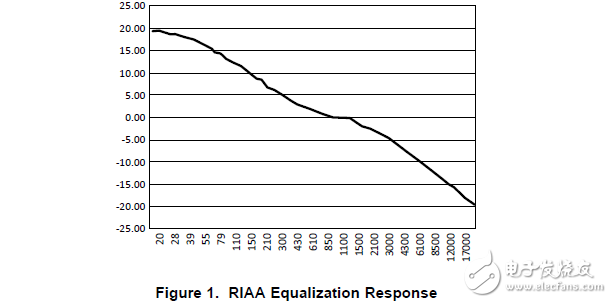
资料下载

音频设备的设计
Introduction
Engineers designing audio equipment for the high-end audiophile or professional recording markets have a limited selection of high-resolution signal amplifiers that will meet end-user demands for both outstanding objective and critical subjective performance. Suitable devices must provide a combination of state-of-the-art specifications for low noise and ultra-low distortion along with high GBP and preferably unity gain stability. While nearly all suppliers develop and provide devices optimized for video, instrumentation, or low power, these applications demand a specification mix that does not necessarily align with the needs of the high-performance audio engineer. Accordingly, Texas Instruments has developed a series of high-performance, high-fidelity audio amplifiers specifically optimized for these applications.
The LME49710 / LM4562 are representative of this line of devices and have been optimized for the high performance and professional community. They provide the designer with unprecedented levels of THD (0.00003%) and IM (0.00005%) plus very low noise (2.7 nV / √Hz) and GBWP of 55 MHz with output current of ±26 mA into a 600Ω load. Supply current is extremely low, serving the needs of both portable products as well as multimedia components utilizing multiple amplifiers.
Note that the design philosophy and choices discussed herein will frequently refer to the practices embraced by the professional and high-performance community as having both objective (measurable) as well as subjective (audible) merit. The quantification of the contribution of these techniques has been published in many other documents and will not be included in this document. Included in this approach are capacitor dielectric choices, power supply impedance considerations, and circuit topology.
Objectively, it is understood that best practices are required with device parameter consideration relative to circuit topology as well as grounding/shielding practices, power supply purity, and other well documented practices generally applied to sensor conditioning and instrumentation applications.

声明:本文内容及配图由入驻作者撰写或者入驻合作网站授权转载。文章观点仅代表作者本人,不代表电子发烧友网立场。文章及其配图仅供工程师学习之用,如有内容侵权或者其他违规问题,请联系本站处理。 举报投诉
- 相关下载
- 相关文章





